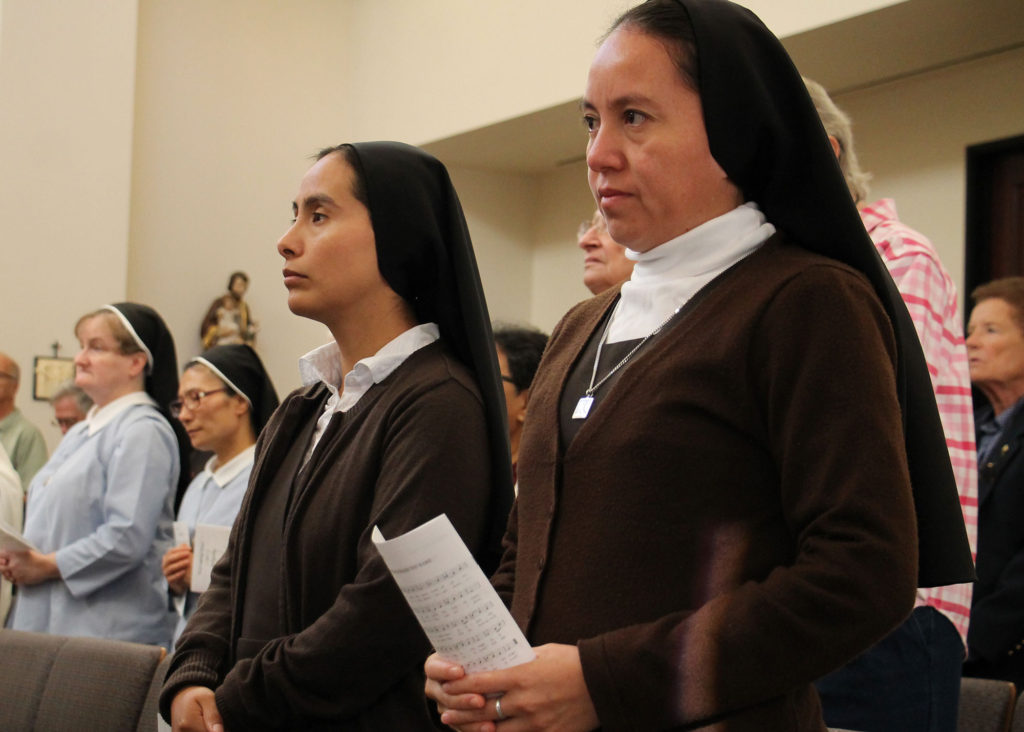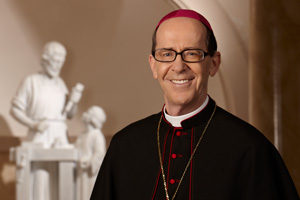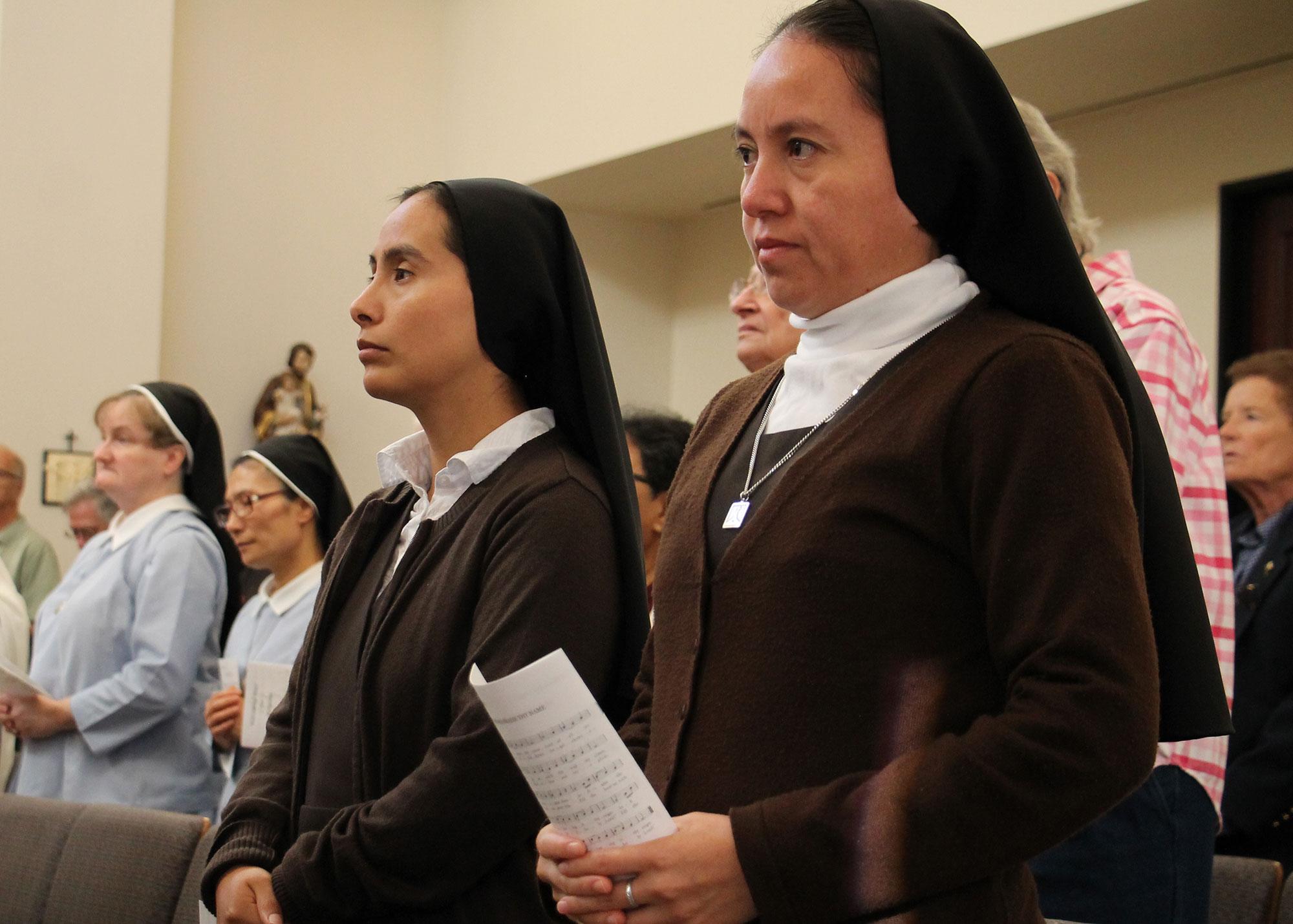
Second in a series

[dropcap type=”4″]T[/dropcap]wins experience life differently. From the first moment of their existence in their mother’s womb, they are together. After birth, they are nurtured by the same mother, protected by the same father, and begin, side by side, to discover the world God created and their own vocation within it. Twins are hardwired from conception for journeying together through life. Perhaps it should not surprise us, then, that the twins, Scholastica and Benedict, each in their own way and yet also together, have made such a great impact on consecrated life in the Church.
The blessing of community life
This way of life, and religious life in particular, is one of consecrated togetherness. Community life, fraternal love, sharing all things in common, working in a common apostolate, praying with one voice and one heart — all of these things and more give witness to Jesus, who came to reconcile us to one another and who moves us to pray with Psalm 133, “How good and how pleasant it is, when brothers live in unity.”
Monastic life in the western tradition of the Church is largely shaped by the Rule written by Benedict, with its harmonious blend of liturgical prayer, manual labor, regular study and community life, all lived under the authority of a spiritual father, or for women religious under the authority of a spiritual mother like Scholastica. Monastic life has borne great fruit in the Church because it helps its members to fulfill the two great commandments of love. Scholastica and Benedict helped one another to do that from the earliest days of their lives; and later on, they taught members of their new communities to do so.
A life shared in love is an eloquent sign of the unity of the Church which Christ established through His cross, and of unity within society which His faithful followers build up.
The joy of heavenly life
St. Gregory the Great tells us that, only a few days before Scholastica died, she came to the Monastery of Monte Casino, for her annual visit with her brother. For the whole day, and even throughout the following night, they were engaged in “holy conversation about the spiritual life” and especially about “the joy of heavenly life.” Why was this conversation so meaningful to them? Because it was about what matters most in life. As St. Paul writes (I Cor 7:31), “For the world in its present form is passing away.”
Jesus tells us (Mt 6:21), “…where your treasure is, there also will your heart be.” The great treasure which is the Kingdom of God gives rise within us to a deep desire for everlasting happiness. The more we grow in holiness the more our desire deepens. Religious life helps its members to keep their eyes fixed on their ultimate goal, and to be prepared to enter into the fullness of love and joy in communion with Christ. That is what Benedict and Scholastica were doing through their holy conversation. This was indeed providential for, shortly thereafter, Scholastica died, well prepared for a holy death. St. Gregory tells us, “Three days later…” Benedict “looked up at the sky and saw the soul of his sister after it had gone forth from her body. It was in the form of a dove, and he saw it penetrate the hidden mysteries of heaven. Rejoicing because such glory was hers, he gave thanks to the omnipotent God with hymns and praises.”
The vow of virginity has always been seen in the Church’s tradition as an anticipation of the world to come. It points forward to that time when men and women will no longer marry, and it frees each virgin to hasten in holiness to everlasting happiness with the Father, the Son and the Holy Spirit. It is a blessing to discover our own human dignity as beloved sons and daughters of the Father. It is also a blessing to discover our destiny, the purpose for which God created us. Consecrated life assists the Church in bearing witness to both the dignity and destiny of every human person. That is why it is a treasured gift for the Church and the world.







